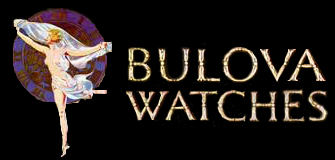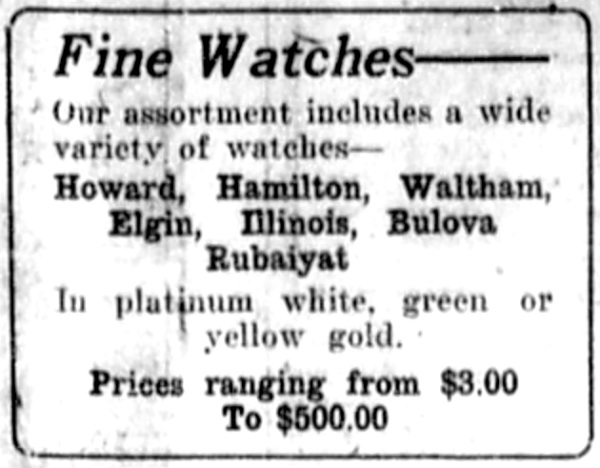Here is a beautiful piece that I'm currently restoring. Part of the movement was very rusted, but is now well on her way to running again.
What I love about this watch is:
- Those roman numerals
- 14K solid gold case (approx 6 grams)
- The very low serial number (lowest number starting with 1xxx we have in the database)
- The dual stamped movement - Rubaiyat & Marc Favre

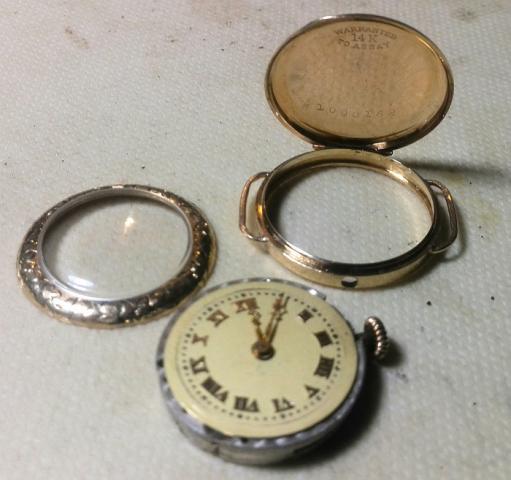

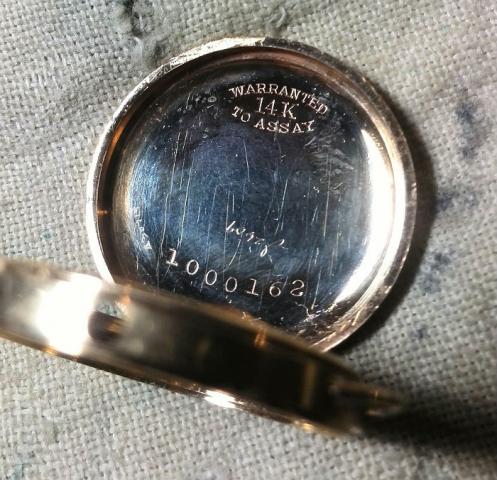
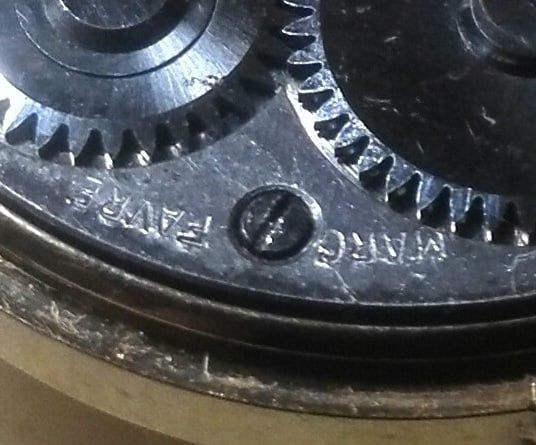
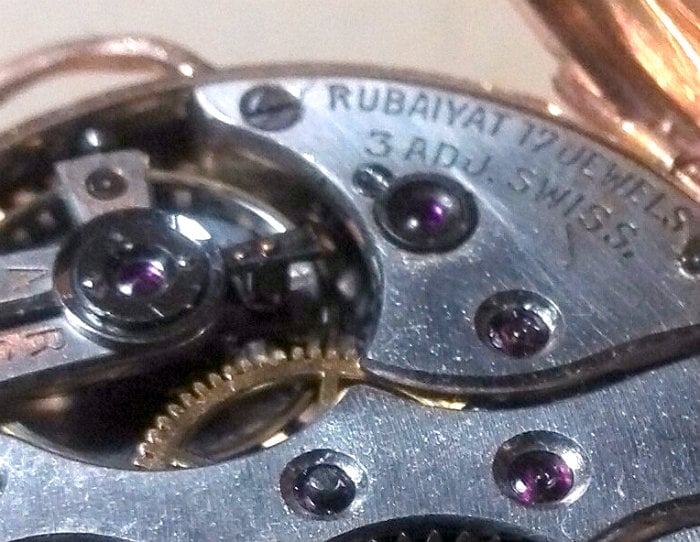
An update to the script letter as discussed above.
Thanks to a Mr Steve Wilson who emailed me today to suggest that the script may in fact be from another language, thus explaining the low/high quote marks surrounding the letter.
Upon investigation of this I found that a number of languages did in fact do this, one particular language of insterest that also did it was the Czech language, of which Joseph Bulova would have spoke and written, originating from Bohemia.
After a bit of more research I came across this wiki page that explains the Czech language, confirming the use of the low/high quote marks, and more importantly I found this on the same wiki page:
An example of the handwritten Czech alphabet.
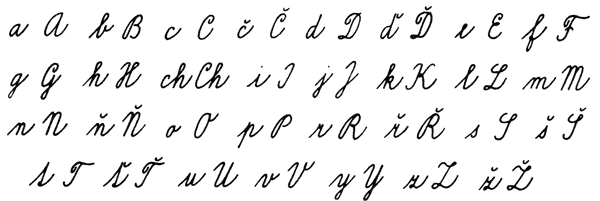
With this in mind now compare the lower case letters for both 'j' and 'b' with the movement script.
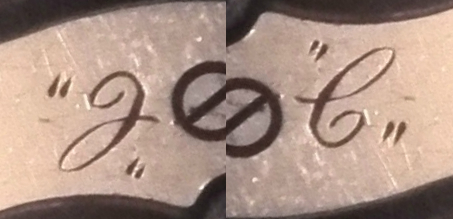
Whilst not 100% the same they are written in a way that the same script can represent both a 'j' and 'b'.
Could it be true, that these movements were indeed made by Joseph Bulova himself?
...or....maybe the eye is just seeing what the eye wants to see.
:-)
In reply to An update to the script by mybulova_admin
Seeing this up close, I suspect it is a 'C', the points of the quotes should be down, which would seem to indicate that the 'J' is upside down and the 'C' is right way up.
Whereas the majority of movement makers utilized calibre numbers, Bulova seems to show early preference for using Alpha and Alpha Numeric calibre names. My guess would be that this was either a series or an individual calibre designated 'C'. Just a guess, though, it might be one of those things we'll never know for sure.
